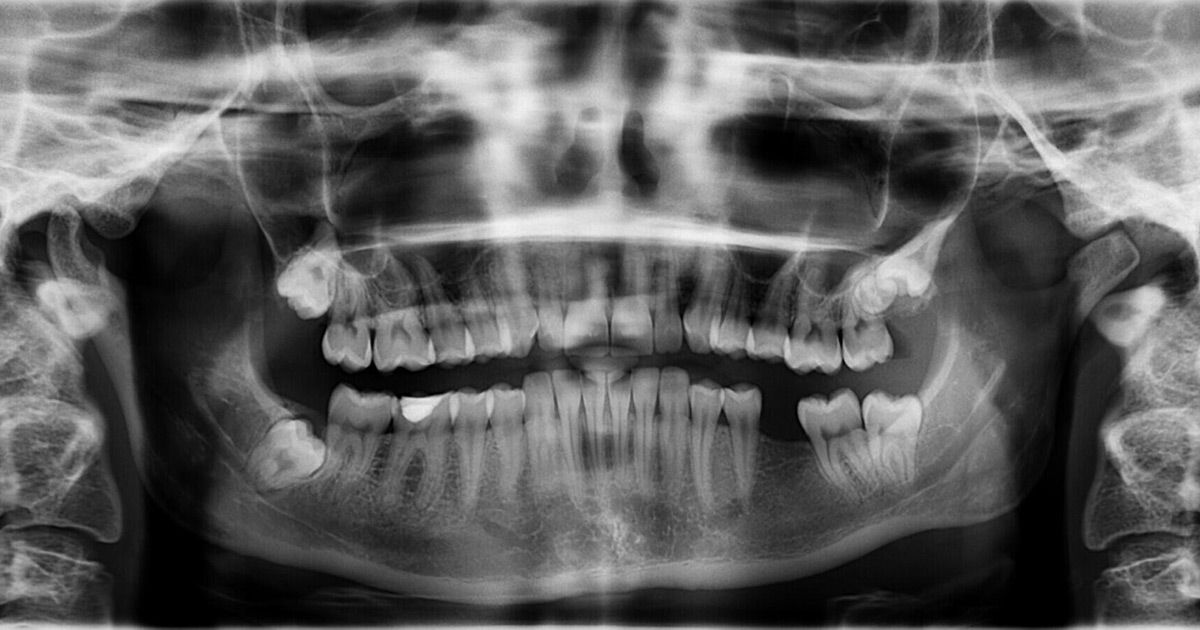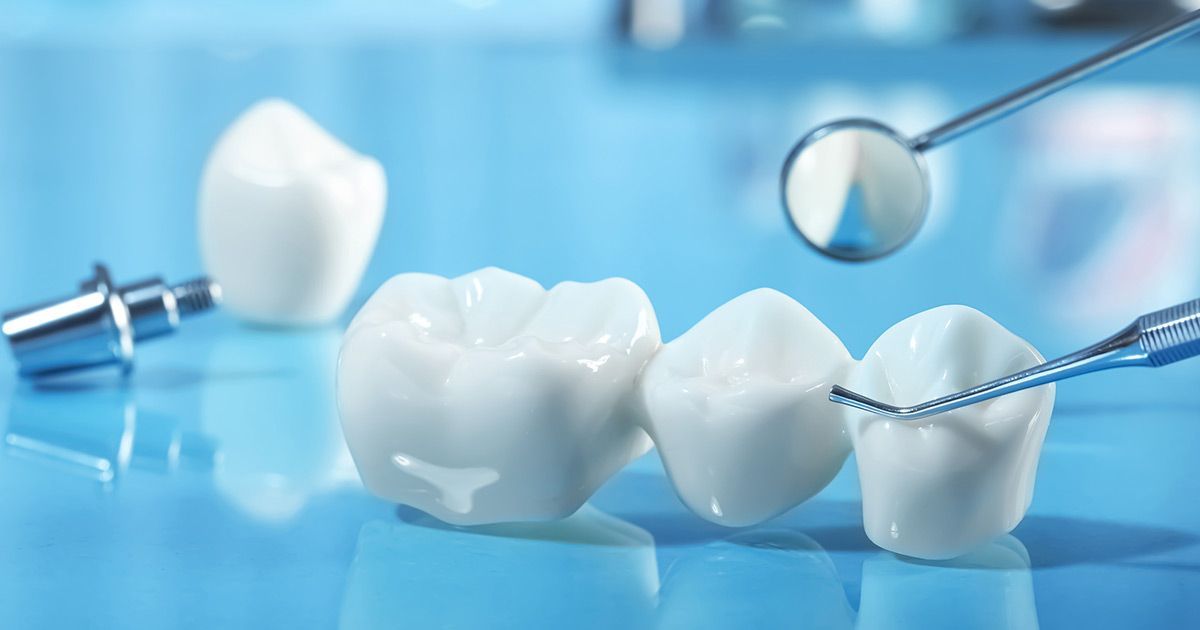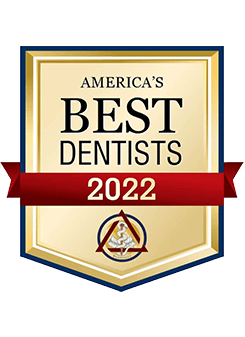What Is Tooth Decay and Cavities Prevention?
Protect your teeth from tooth decay and cavities. Learn what the causes are for both as well as tooth decay and cavities prevention today.
Cavity and tooth decay is one of the world's prevailing oral health problems. According to the WHO, it affects more than 3.5 billion people around the world. If we focus on the U.S., nearly 92% of Americans have had several cavities throughout their lifetime.
Despite these alarming figures, dentists can help in preventing cavities and tooth decay. Cavities prevention and tooth decay prevention is the only way to keep a healthy mouth. Today we will look at certain aspects of cavity and tooth decay and how you can prevent them.
What Is a Cavity?
- Root cavity
- Pit and fissure cavity
- Smooth-surface cavity
What Causes a Cavity?
Teeth are continually creating plaque, and it begins to form between 4 to 12 hours after brushing, which is why it's crucial to brush your teeth at least twice a day. Plaque is not a problem, as everyone has it. It's the bacteria found on the plaque that will cause problems.
Since your teeth cannot repair the outer layer (enamel), our teeth's enamel will begin to weaken as time passes. The teeth will then be more likely to be affected by bacteria found in our mouths. The bacteria on the plaque of the teeth can form acid, which will lead to a cavity or hole.
Cavity Symptoms
The symptoms of having a cavity can vary, as it depends on the type, location, and severity. As mentioned before, you may not know you have a cavity until it's more advanced; another reason why the best cavities prevention is regular dental visits. If the cavity does reach an advanced state, these are the most common symptoms.
- Tooth sensitivity
- Brown or black stains on a tooth
- Toothache
- Pain when you bite down
- Visible holes in your teeth
- Moderate to intense pain when eating or drinking something sweet, hot, or cold
If you notice any of these symptoms, promptly contact a dentist's office because ignoring a cavity will lead to far worse problems that can start many health problems. If you don't have any of these symptoms, it doesn't mean you're in the clear. As tooth decay is another common dental problem, and tooth decay can eventually turn into a cavity.
What Is Tooth Decay?
Tooth decay is a continuous tooth disease caused when the enamel is compromised, and the tooth is exposed to harmful oral bacteria.
That is why tooth decay is different from a cavity, as the cavity is the hole that forms because of tooth decay.
The acid created by the bacteria found on the plaque begins to remove minerals in your tooth's hard, outer enamel. Once the enamel is gone, the bacteria and acid can enter your teeth' next layer, the dentin. The dentin is softer than enamel and less resistant to acid.
The dentin has tiny tubes that directly interact with the tooth's nerve; if the acid enters those tubes, it causes sensitivity. Advanced tooth decay requires immediate dental intervention to avoid further damage.
What Increases Tooth Decay?
Sugar and starch are what causes the bacteria to start forming acid. If you add poor dental hygiene into this mix, it enhances the effects.
But other factors influence tooth decay as well.
- Some foods and drinks
Any food that clings onto your teeth, as bacteria feed off anything that sticks onto your teeth.
- Lack of fluoride
Fluoride is a mineral that rebuilds tooth enamel and reverses tooth decay.
- Dry mouth
Saliva helps wash away food and plaque. And some substances found in saliva can counter the acid from the bacteria.
- Heartburn
Heartburn can create stomach acid to flow into your mouth. Stomach acid will cause your enamel to wear away.
- Constant snacking and drinking
As already mentioned, bacteria feed off of food and drinks. If you are continuously eating or drinking, it provides constant fuel.
Tooth decay prevention is possible, and tooth decay treatment is also very effective. Let's consider some of the ways you can prevent this oral health problem
Tooth Decay Prevention
The best tooth decay prevention is regular dental cleanings, as dental staff will have the proper tools to keep your teeth clean and healthy. On top of that, they will be able to catch any developing tooth decay or cavity. But what can you do while you arrange your next dentist appointment?
- Brush your teeth regularly
You have heard it already, brush your teeth after eating and at least two times a day. And if possible, use fluoride-rich toothpaste.
- Use mouthwash
An excellent way of removing food and drink particles is regularly rinsing with a fluoride mouthwash.
What happens if you do have tooth decay or a cavity? Let's take a look at the different treatments.
Tooth Decay and Cavity Treatments
There are several options for treating these two problems, and your dentist will recommend the best one for your teeth. Here are the possible cavities and tooth decay treatments:
- Fluoride treatments
If you need help in getting more fluoride, your dentist may recommend a fluoride treatment.
If a cavity has formed, then the best way to fix it is by filling it with composite material.
- Crowns
If the tooth decay is severe, it may be best to cap the whole tooth with a crown. This avoids further damage to the tooth.
- Root Canal
If the tooth decay has reached the tooth's roots, it will need to be removed and replaced with a dental bridge or implant.
Tooth Decay and Cavities Prevention Is Vital to Being Healthy
Don't risk unnecessary damage to your teeth or health by putting off tooth decay and cavities prevention. You only need good dental hygiene and regular dental checkups. By doing this, you will have a beautiful and healthy smile.
If you live in New Jersey, be sure to contact us today. We are experts in restorative dentistry and can make sure your mouth is as healthy as it can be.
Dr. Haddad
D.M.D
Dr. Haddad’s purpose at Sewell Dental Designs is to empower his patients so they can achieve and maintain excellent dental health and have a smile they are happy to show off. He decided on this path after receiving treatment from a competent and friendly dentist when he was a teen.
Dr. Haddad obtained his Bachelor of Science degree at George Mason University in Virginia and went on to earn his Doctor of Medicine in Dentistry degree (DMD) from Temple University Maurice H. Kornberg School of Dentistry.
Dr. Joanna
D.D.S
Dr. Joanna Haddad was born and raised in Lebanon and now resides in Philadelphia, PA. She speaks Arabic, French, and English fluently. Dr. Joanna earned her Doctorate of Dental Medicine from the University of Pennsylvania School of Dental Medicine, graduating with honors in Public Health. During her time in dental school, she was highly involved in various organizations and served as the Chapter President of the American Student Dental Association. She is also a proud member of the American Dental Association, American Association of Facial Esthetics and American student dental association.
Dr. Giesberg
D.D.S
Dr. Konstantina S. Giesberg, DDS, is a board-certified dentist anesthesiologist who has earned the privilege of becoming a Diplomate of the American Dental Board of Anesthesiology (DADBA).Dr. Giesberg obtained, with honors, her degree of Doctor of Dental Surgery (DDS) from the University of Buffalo, NY. She then completed her General Practice Residency in Dentistry at Wyckoff Heights Medical Center in Brooklyn, NY. Dr. Giesberg then furthered her studies at Wyckoff Heights Medical Center with a Specialty Program in Dental Anesthesiology, involving three years of concentration in deep sedation and general anesthesia.















